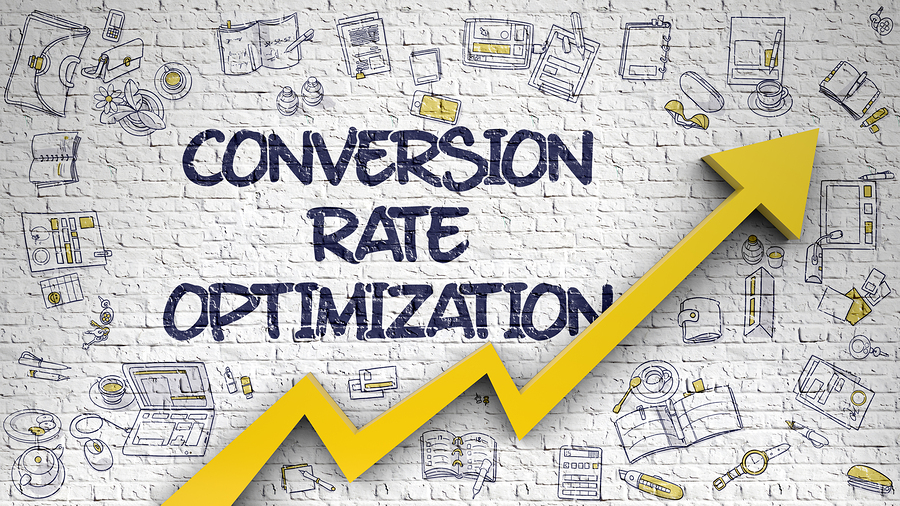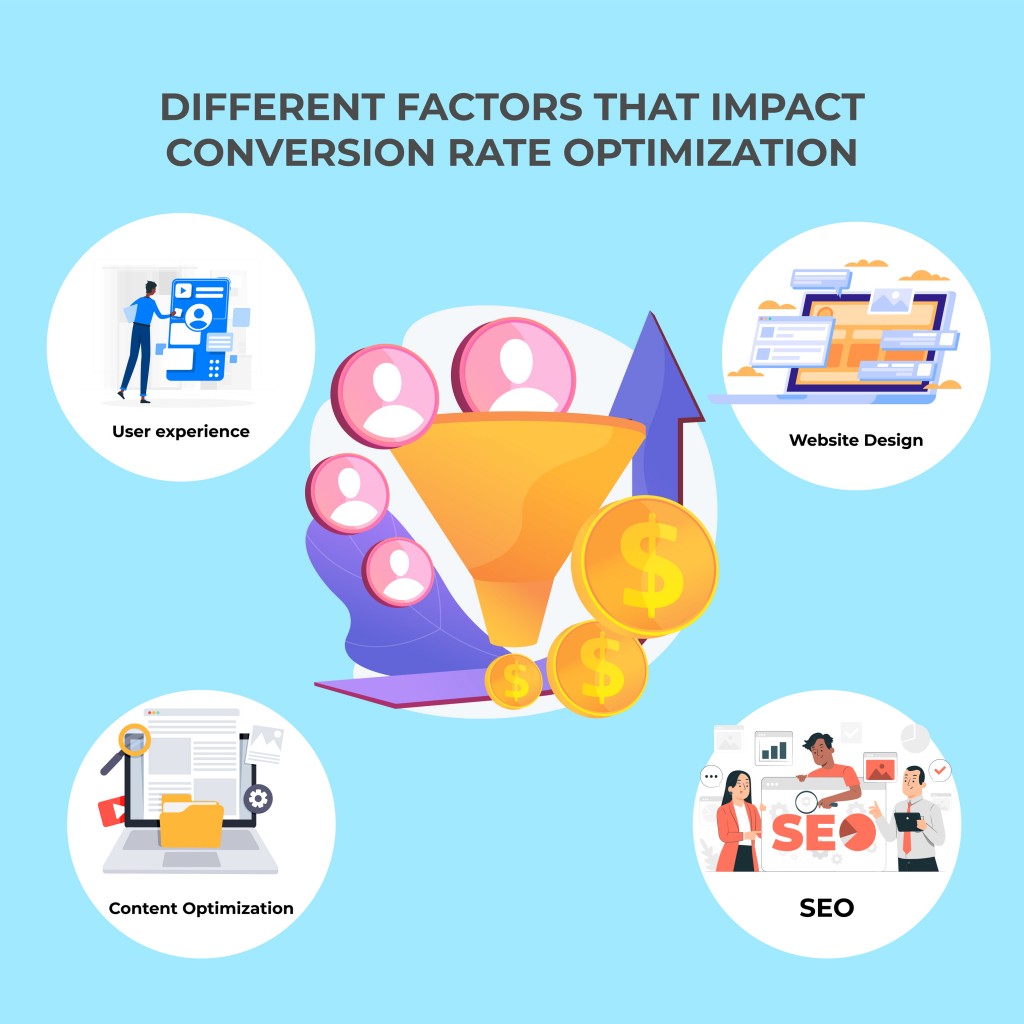Introduction: The Startup Website Dilemma
In today's fast-paced digital world, a web development strategy isn't just about having an online presence; it's about creating a conversion-driven website that enhances branding and visual identity while optimizing for SEO strategies for startups. Yet, many startups make the mistake of treating their websites as static brochures, failing to leverage them as tools for customer acquisition, engagement, and conversion.
The big question is—Is your startup’s website built for conversion rate optimization (CRO), or is it merely a fancy online pamphlet?

Understanding the Purpose of Your Startup Website
A startup website should serve as more than just an informational platform. It should be an active business tool that works around the clock to bring in leads and revenue. A successful startup website does the following:
- Educates visitors: Provides detailed information about your products, services, and brand identity.
- Builds credibility: Establishes trust through testimonials, case studies, and industry certifications.
- Engages users: Uses interactive elements like chatbots, personalized content, and lead magnets.
- Converts traffic: Strategically designed to guide visitors toward desired actions, such as signing up, scheduling a demo, or making a purchase.
- Supports Multi-Channel Integration: Your website should seamlessly integrate with social media, email campaigns, and automation tools to enhance digital branding solutions.
What Makes a Conversion-Driven Website?
A conversion-driven website is more than just a well-designed page. It’s strategically crafted to turn visitors into leads, leads into customers, and customers into brand advocates. Here’s what makes a website conversion-focused:
- Clear Value Proposition: Your website should communicate your startup’s value within seconds. If visitors can't grasp what you offer immediately, they’ll leave.
- Compelling Call-to-Actions (CTAs): Every page should guide visitors toward taking a specific action—whether it’s signing up, booking a demo, or making a purchase.
- User-Friendly Navigation: If users struggle to find information, they’ll leave. A seamless and intuitive navigation structure keeps them engaged.
- Fast Load Time & Mobile Optimization: Slow-loading pages kill conversions. A mobile-responsive and speed-optimized web development approach ensures a frictionless experience.
- Trust Signals: Testimonials, case studies, security certifications, and social proof build credibility and encourage users to take action.
- SEO-Optimized Content: A conversion-driven website isn’t useful if nobody finds it. Strategic SEO for startups helps attract organic visitors and potential customers.
- Personalized User Experience: Web applications that provide tailored content and recommendations based on user behavior tend to convert better.
- Strong Visual Hierarchy: UI/UX design for startups should naturally lead visitors toward key sections and CTAs.
- Automation & AI Integration: Implement chatbots, AI-powered recommendation engines, and automation workflows to enhance the user journey.
Signs Your Startup Website Is Just a Digital Brochure
If your startup’s website lacks interactivity and engagement, it might just be a passive online presence rather than an active business tool. Here are some signs to watch for:
- No Lead Capture Mechanisms: If there's no signup form, newsletter subscription, or contact inquiry system, you’re missing potential leads.
- Static Content with No Updates: A website without a blog, case studies, or dynamic content lacks engagement and struggles with SEO.
- No Analytics or Performance Tracking: If you’re not measuring traffic, bounce rates, or conversions, you have no idea how your website is performing.
- No Customer Journey Mapping: A successful website guides visitors step by step toward conversion. If yours doesn’t, it’s likely just an online brochure.
- High Bounce Rates: If visitors are leaving without taking any action, your website is failing to engage them effectively.
- Lack of Multi-Channel Integration: A website should be part of an overall digital strategy, linking to email campaigns, social media, and retargeting ads.
- Absence of Customization: Generic templates and cookie-cutter designs fail to resonate with the brand’s unique identity and mission.
How to Transform Your Website Into a Conversion Machine
- Implement a Strong Lead Magnet: Offer downloadable resources, free trials, or exclusive content in exchange for visitor information.
- A/B Test CTAs and Landing Pages: Experiment with different CTAs and page structures to see what converts best.
- Leverage Chatbots and Live Chat: Provide instant support and answers to visitors to increase engagement.
- Use Heatmaps and Analytics: Tools like Google Analytics, Hotjar, or Crazy Egg help identify visitor behavior and improve website elements.
- Optimize for Mobile-First Experience: Ensure your website looks and functions seamlessly on all devices.
- Create an Engaging Content Strategy: Consistently update blogs, case studies, and videos to keep your audience engaged.
- Improve Technical SEO & Performance: Ensure your website is technically sound with clean code, structured data, and fast-loading elements.
- Utilize Retargeting & Remarketing Strategies: Engage visitors who have previously visited but didn’t convert.
- Enable Multi-Step Forms & Dynamic Personalization: Instead of long, intimidating forms, break them into smaller steps and personalize content based on user behavior.
- Monitor & Optimize Performance Continuously: Conversion optimization is an ongoing process. Use data insights to continuously improve user experience and increase conversions.

Related Blogs in This Series
For further insights into building a startup website that delivers results, check out these blogs:
Conclusion: Your Website is Your Best Salesperson
Your startup’s website should not be a passive online placeholder. It should be working for you 24/7, attracting, engaging, and converting visitors into customers. If your website feels like a digital brochure, it's time to rethink your approach. A well-optimized, conversion-focused website can be your startup’s most valuable growth asset.
Ask yourself today—Is your website built to convert, or is it just another pretty page on the internet?


